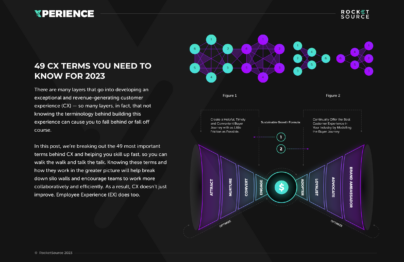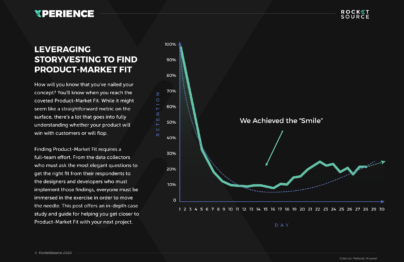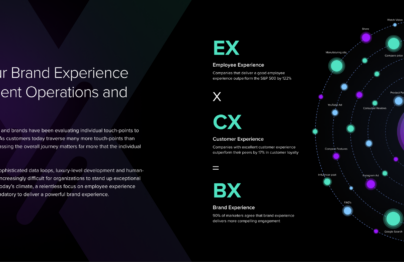Cohort analytics is an analytical method that zooms in on consumer behavior over time. This methodology allows teams to pinpoint critical moments in the customer journey, identify messaging that causes a spike in sales, and boost retention by getting predictive about churn rates. With cohort analytics, organizations are better equipped to isolate consumer behaviors alongside organizational strategies, and make critical adjustments faster.

Understanding the Customer Journey
There are two distinct areas on the cohort analytics dashboard for you to tune into. The first is the horizontal axis which maps out how many users you retained over time. On this axis, you’ll be able to track consumer behavior from the first date they logged in and through to when they dropped off. This helps you to understand how sticky your app became over time.
The vertical axis then showcases retention as a whole. On the vertical axis, you can start to understand more about consumer behavior as it relates to specific marketing campaigns, product updates, or other advertising campaigns.
In having both of these levels of data available, you’ll be better equipped to intelligently design specific marketing strategies that align with the customer journey and your North Star Metrics.
Event-Driven Insights
Organizations are consistently evolving. So are product features, marketing messaging and advertising campaigns. As such, using cohort analytics to pinpoint specific events that impact sales help teams to know where to lean back or where to throttle forward.
With cohort analytics, teams are uniquely equipped to identify specific event-driven insights. This perspective can help in both acquisition and retention.
In acquisition, cohort analytics allows teams the ability to see which messages attracted the right consumers to the brand. Knowing campaign performance helps increase the Return on Ad Spend (ROAS) and refine the overall marketing and sales strategies to attract the right people to the brand.
From a retention perspective, customer experience teams are better equipped to pinpoint specific areas in the product where users drop off. Knowing these areas allows teams to get more predictive and get out ahead with better onboarding, higher-touch reachouts or product improvements to create a better experience and boost retention.
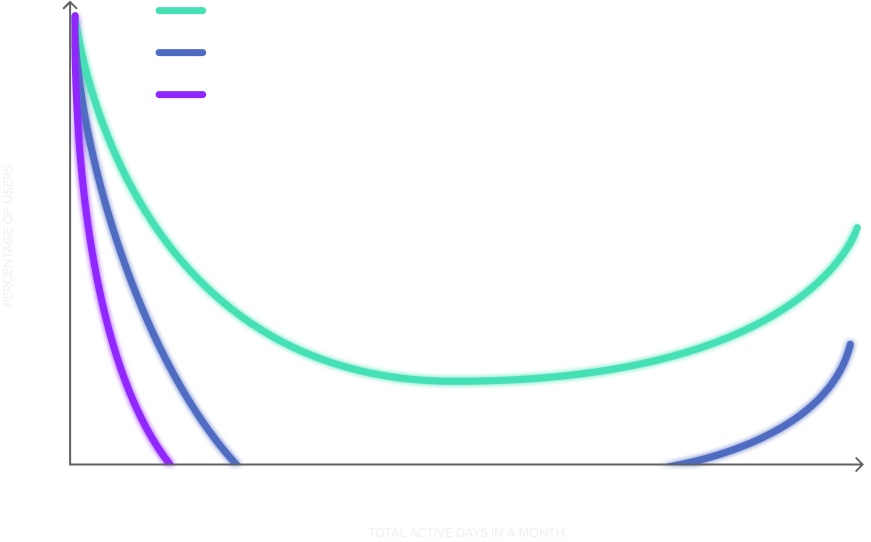
The Power User Curve
In the software industry, there’s something known as “achieving the smile.” This happens when the power user curve starts to shift upward to have users logging into your application over 24 days out of the month.
The Power User Curve is critical in pinpointing where something is broken. If your users are only active on your platform for a few days, there’s an issue. On the flipside, if they’ve adapted your product into their daily lives, logging in almost every day, you’ve found your power users where engagement remains high across the board.
Cohort Analytics in Action
Empathy for your customer can be infused into nearly every part of your business to drive closer alignment between what you’re creating and what the full experience the customer anticipates and expects to receive. Here are just a few of the most critical use cases for better understanding the 360-degree view of your customer.
Build Consumer Retention
Tracking behaviors over time across a variety of cohorts allows organizations to compare how each group of consumers interacts with the brand. In understanding these interactions, organizations are better equipped to build retention by getting out ahead of known timeframes and areas of churn.

Establish Product-Market Fit
Cohort analytics provides a clear snapshot of how consumers use the product. Understanding the areas where there’s a steep drop off of consumer behavior allows teams insight into how consumers are leveraging the product, and where improvements need to be made in the customer experience to make it stickier.

Improve Employee Experience
When employees can see and understand the impact of their work, they tend to be happier on the job. When top talent can continuously improve, evolve and align their work with organizational outcomes, they’re more likely to have a positive experience and stay with your company over moving to a competitor. Providing teams with cohort analytics allows them to have those insights needed to perform well.

Settle Attribution Issues
Attribution issues arise when teams are more focused on getting credit for the sale, often times to earn commissions or brownie points with upper management, rather than understanding consumer behavior. Cohort analytics can help clarify what’s happening along the customer journey to prevent finger-pointing and a host of other internal issues caused by attribution errors or concerns.
Customer Experience (CX) Terms
- 360° Degree View of the Customer
- AI Ops
- Barlow Bands
- Behavioral Triggers
- Bow Tie Funnel
- Brick-to-Click
- Business Impact Analysis (BIA)
- Cognitive Computing
- Cohort Analytics
- Content Mapping
- Conversational User Guidance
- Customer Data Profile
- Customer Experience (CX)
- Customer Friction
- Customer Insights Map
- Customer Journey
- Customer Journey Mapping
- Customer Satisfaction (CSAT)
- Customized Ratios
- CX Intelligence
- CX Led Growth
- CX Metrics
- Data as a Product (DaaP)
- Data as a Service (DaaS)
- Data Culture
- Data Driven
- Data Engineering
- Data Fabric
- Data Governance
- Data Humanization
- Data Hygiene
- Data Looping
- Data Mapping
- Data Mining
- Data Modeling
- Data Monetization
- Data Swamp
- Data Visualization
- Data Warehouse
- Data-Centric
- Descriptive Analytics
- Diagnostic Analytics
- Digital Asset Management (DAM)
- Digital Transformation
- Dirty Data In Dirty Data Out
- Embedded Intelligence
- Empathy Mapping
- Employee Data Profile
- Employee Experience (EX)
- EX to CX Data Mapping
- EX to CX Mapping
- Experience Management (XM)
- Gap Analysis
- Generative AI
- Human-Centered Design (HCD)
- Journey Analytics
- Machine Learning (ML)
- Managed Agile Services on Demand
- Modified Hoshin
- North Star Metric
- Party Data
- Pathway to Purchase
- Predictive Analytics
- Product-Market Fit Mapping
- Real Time Design Looping
- Revenue Acceleration
- RevOps
- S Curve of Growth
- Stack Impact Analysis
- StoryVesting
- Table Stakes Testing
- The 3 P’s
- User Experience (UX)
- User Insights Map
- User Interface (UI)
- Voice of the Customer (VoC)
- Voice of the Employee (VoE)
- World Cloud Generator Sentiment Mining
- X Analytics

